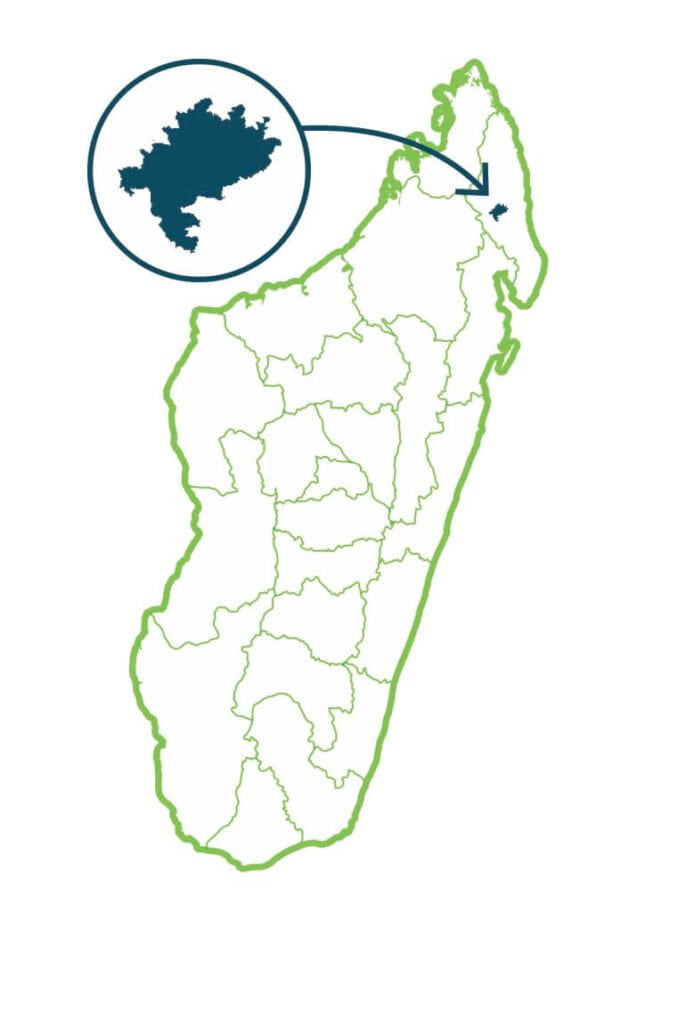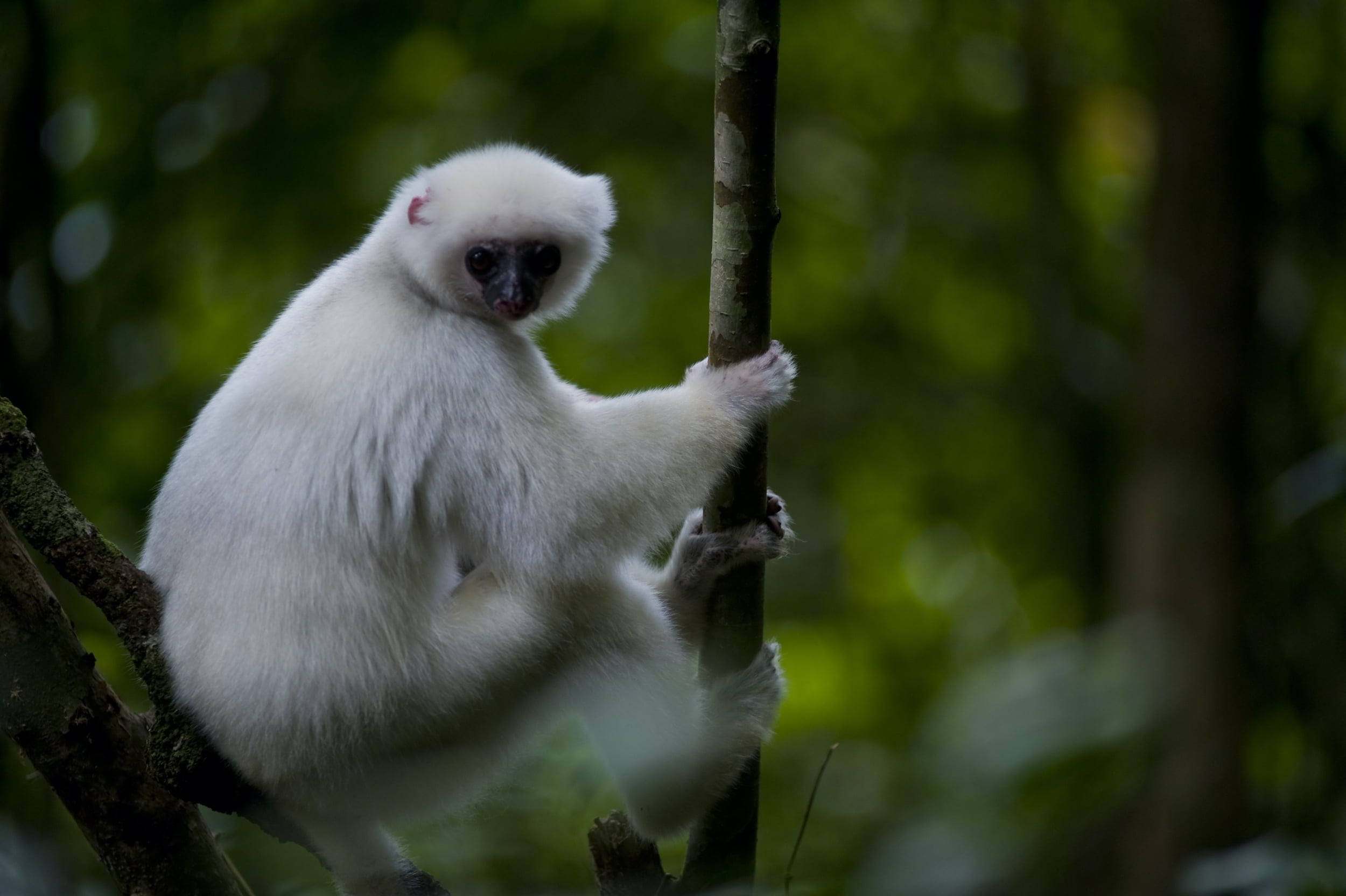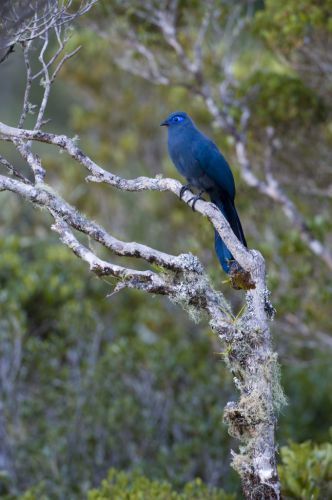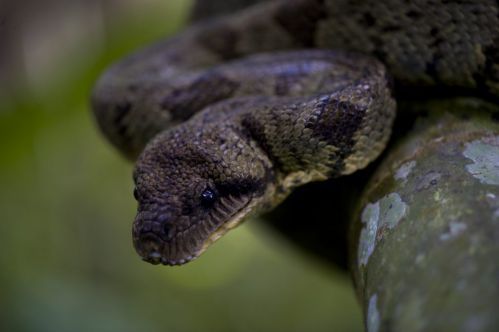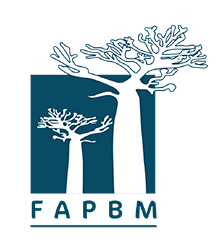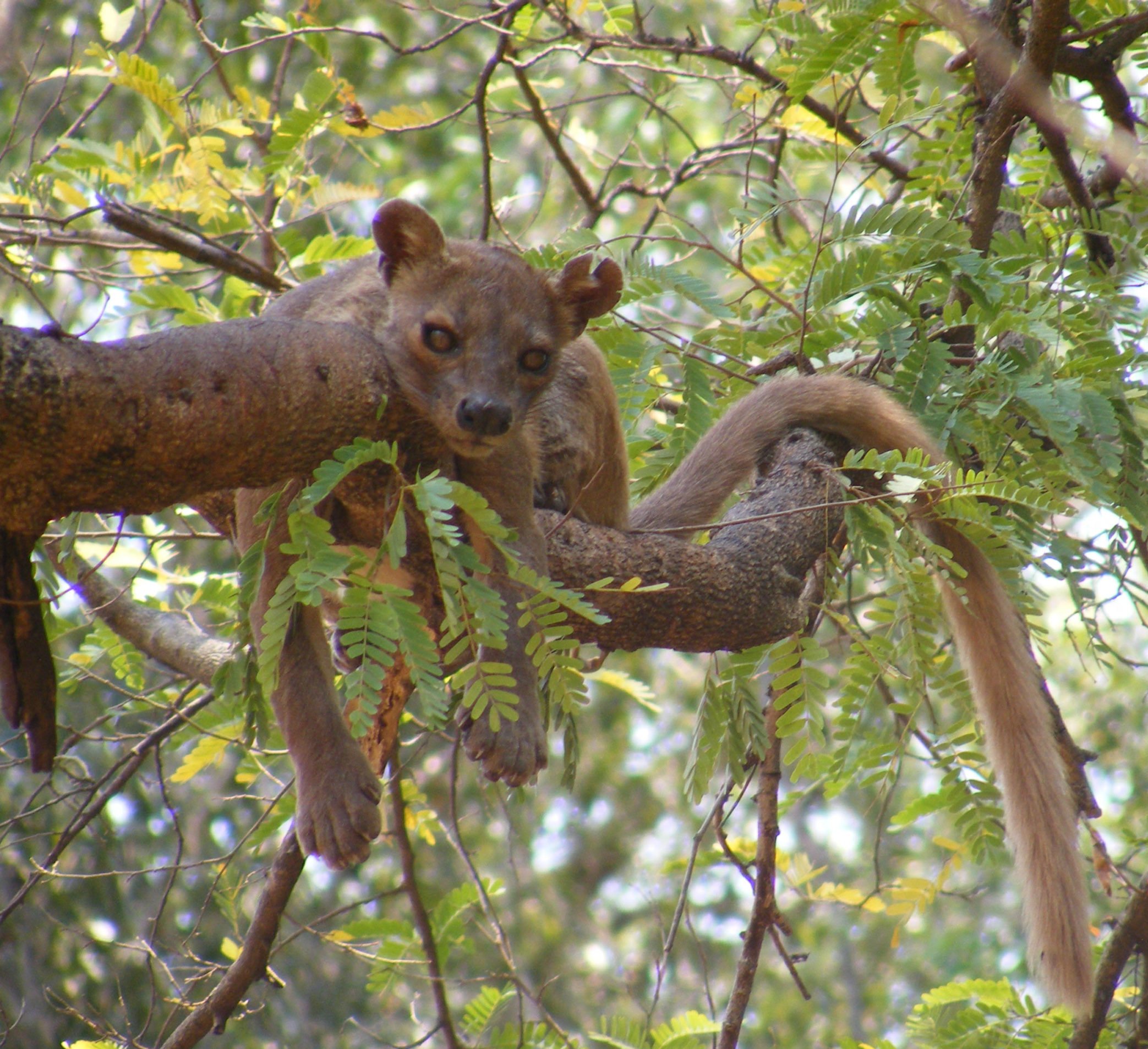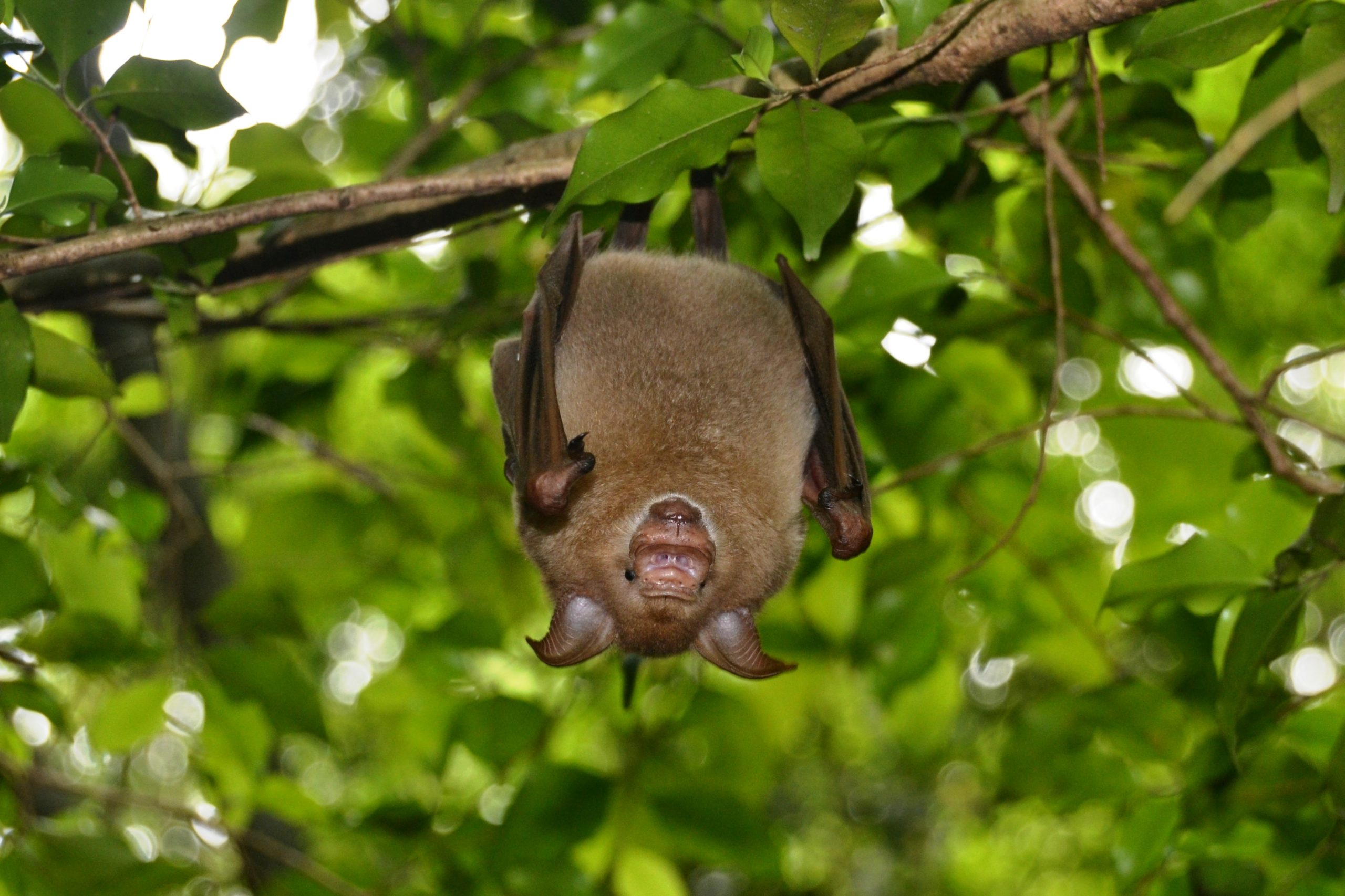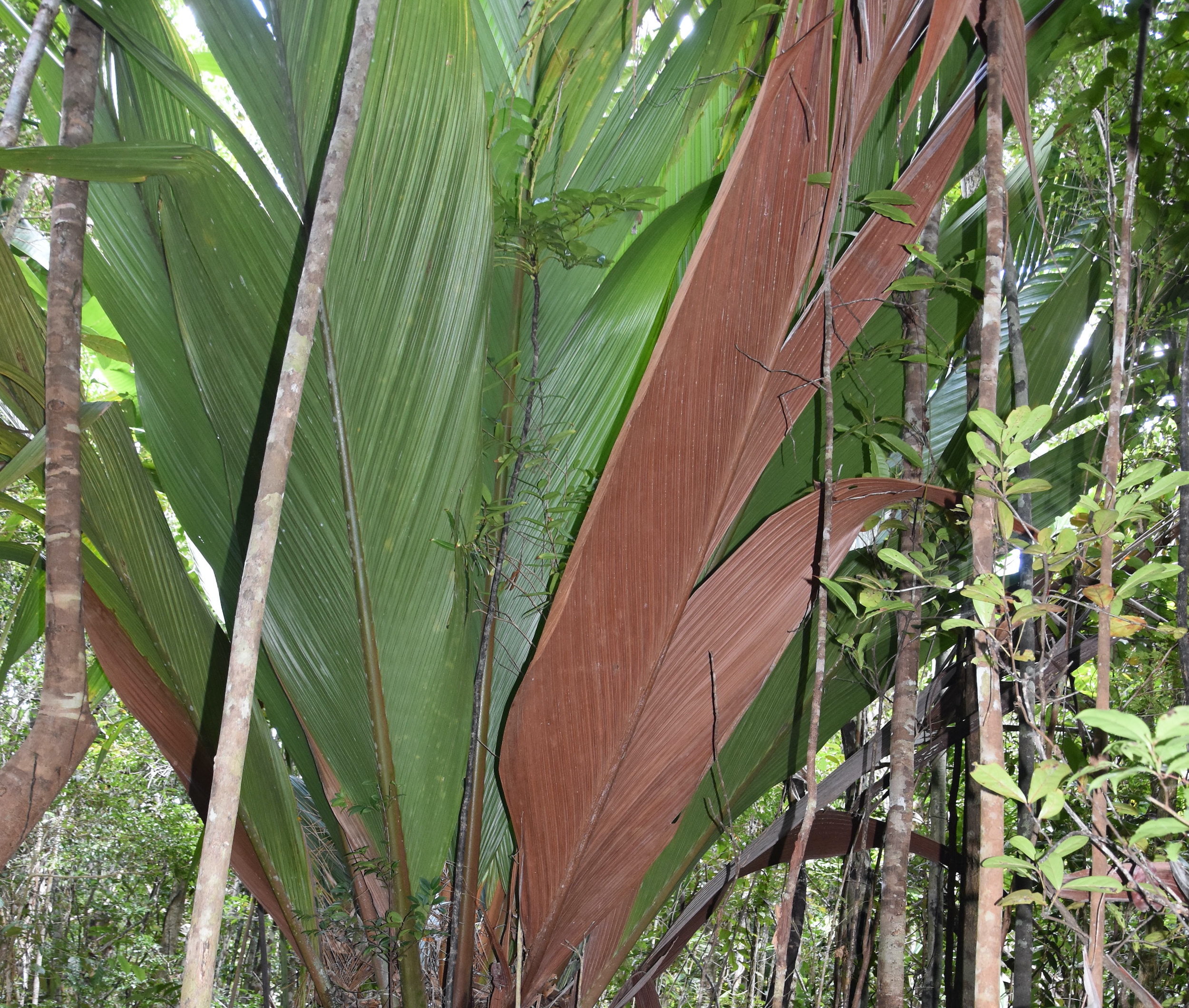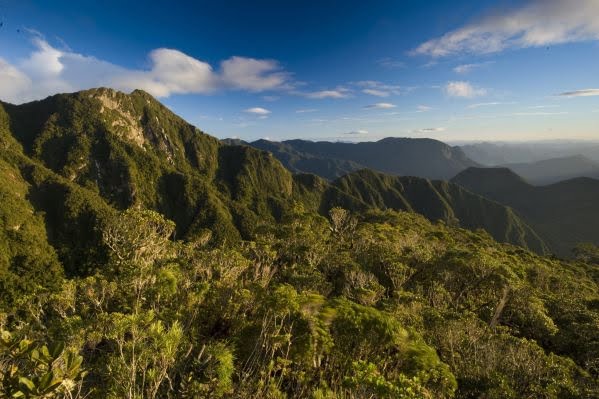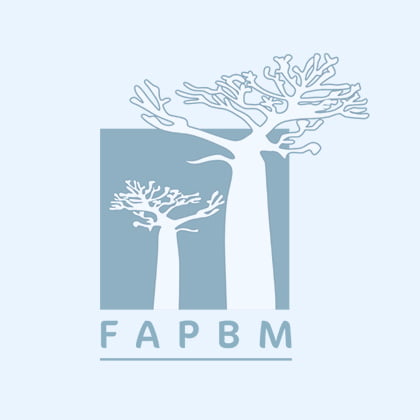Flagship Species
Marojejy National Park is part of the serial World Heritage Site of the Atsinanana Rainforests. The rugged landscape and mountain topography of the national park have created a great number of different natural habitats within the park.
The ecosystems are made up of altimontane forest (cloud forest), one of the last in Madagascar. Depending on the orientation of the slopes, one can even see different vegetation ranging from rain forests to more or less dry forests.
